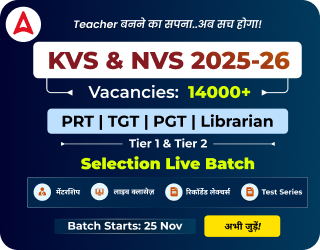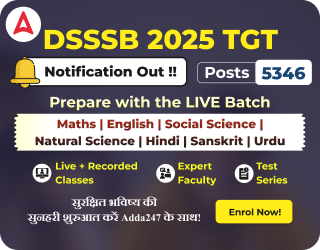Table of Contents
Learning objectives play a crucial role in the design of instructional units or courses. These objectives typically span across three domains of learning: Cognitive, Affective, and Psychomotor. Each domain outlines specific types of learning outcomes related to knowledge (thinking), attitudes (feeling), and skills (doing). Instructional designers and subject matter experts (SMEs) utilize learning taxonomies as frameworks to structure and articulate these objectives. These frameworks bring clarity and help in aligning teaching strategies with desired learning outcomes.
Purpose of Learning Taxonomies
Taxonomies provide a systematic way to:
- Classify learning behaviours from simple to complex.
- Define clear instructional goals.
- Design measurable and observable learning outcomes.
- Align teaching methods with learner expectations.
Three Domains of Learning
Each domain contains general objectives and specific objectives. General objectives outline the broad goals for a course or program, while specific objectives describe measurable and observable behaviors that students should exhibit after instruction. For example, in a Food and Nutrition course, a general objective might be: Understand the components of a balanced diet. A corresponding specific objective could be: Identify at least five principal components of a balanced diet or Define the term “balanced diet.” Each specific objective begins with an action verb—such as identify, define, or describe—that clearly indicates an observable and measurable outcome. This ensures that the learning expectations are precise and assessable.
| Domain | Developed By | Focus Area |
| Cognitive | B.S. Bloom et al. (1956) | Intellectual skills and knowledge |
| Affective | Krathwohl et al. (1964) | Attitudes, values, and emotions |
| Psychomotor | Anita Harrow (1972) | Physical and motor skills |
Cognitive Domain
The Cognitive Domain involves the development of intellectual abilities and is concerned with the recall or recognition of knowledge and application of thinking skills.
Six Levels of Cognitive Learning Outcomes
| Level | Description | Example Action Verbs |
| 1. Kowledge | Recall of previously learned material, from facts to theories. | names, defines, labels, states, selects |
| 2. Understanding | Grasping the meaning of material; interpreting and summarizing content. | interprets, translates, summarises, compares |
| 3. Application | Using learned material in new and concrete situations; applying concepts or rules. | solves, uses, relates, produces, predicts |
| 4. Analysis | Breaking down complex material into parts and understanding their relationship or structure. | identifies, differentiates, illustrates, subdivides |
| 5. Synthesis | Combining elements to form a new structure or plan; producing new output. | categorises, designs, rearranges, reconstructs |
| 6. Evaluation | Making value judgments based on criteria and standards; highest level of cognition. | appraises, justifies, supports, compares |
Affective Domain
The Affective Domain focuses on attitudes, emotions, values, and interests that influence learning. Developed by Krathwohl and colleagues, it emphasizes attitudinal change and emotional development.
Key Features:
- Involves interest, appreciation, values, and emotional responses.
- Closely related to both cognitive and behavioral changes.
- Essential for effective learning and often integrated with face-to-face instruction or audio-visual media, especially in distance education.
Five Stages of Affective Learning
| Level | Description | Example Action Verbs |
| 1. Receiving (Reception) | Willingness to attend to particular stimuli (e.g., text, activity). Learner becomes aware and sensitive to the existence of stimuli. | chooses, describes, identifies, selects, replies |
| 2. Responding | Active participation and involvement in learning activities. Learner shows motivation and interest (e.g., attending classes, participating in discussions). | discusses, performs, answers, presents, writes |
| 3. Valuing | Learner attaches value or worth to an object, behaviour, or phenomenon (e.g., respecting civic duties). | reports, completes, explains, justifies, studies |
| 4. Organization | Integrating different values, resolving conflicts, and forming a consistent value system (e.g., creating a career plan with social and economic balance). | arranges, combines, modifies, prepares |
| 5. Characterization by a Value Complex | Internalization of values into consistent behaviour patterns. These values shape the learner’s personality and way of life. | displays, listens, revises, solves, uses, verifies |
Psychomotor Domain
The Psychomotor Domain addresses the development of physical and motor skills, involving movement, coordination, and use of motor-skill areas.
Key Features:
- Concerned with skill-based learning (e.g., driving, painting, swimming).
- Often requires face-to-face instruction for mastery, especially in distance education.
- Learning progresses from simple motor actions to complex, coordinated behaviours.
Three Characteristics of Psychomotor Learning
- Response Chains: Sequential motor movements (e.g., swimming strokes).
- Movement Coordination: Integration of sensory input and motor output (e.g., riding a bicycle).
- Response Patterns: Mastered behaviours performed smoothly and without error (e.g., typing without looking).
Seven Stages of Psychomotor Learning
| Stage | Description | Example Action Verbs |
| 1. Perception | Using sense organs to guide physical activity. Becoming aware of sensory cues that direct movement. | chooses, identifies, selects, relates |
| 2. Set | Readiness to take action. A mental, emotional, or physical disposition to act. | begins, moves, reacts, volunteers |
| 3. Guided Response | Early skill development under instruction. Includes imitation and trial-error learning. | assembles, builds, sketches, manipulates, constructs |
| 4. Mechanism | Learned response becomes habitual with increased confidence and efficiency. | displays, measures, organizes, builds |
| 5. Complex Overt Response | Skilled performance of complex motor tasks with accuracy and efficiency. | assembles, constructs, fixes, manipulates, organizes |
| 6. Adaptation | Ability to modify motor skills to fit special situations or solve problems. | adapts, rearranges, reorganizes, revises |
| 7. Origination | Creating new movement patterns to address unique tasks or challenges. | arranges, combines, designs, originates |
Structure of Observed Learning Outcomes (SOLO) Taxonomy
Developed by: John Biggs and Kevin Collis (1982)
Purpose: To systematically describe how student understanding grows in complexity during the learning process.
Key Features:
- SOLO taxonomy categorizes learning outcomes based on their structural complexity.
- It applies to both quantitative and qualitative aspects of learning.
- Describes learning as a hierarchy, moving from simple to complex levels of understanding.
Revised Bloom’s Taxonomy
| Level | Description | Learning Outcomes (Action Verbs) |
| 1. Remember | Recall or retrieve knowledge from memory. | Recognize, recall |
| 2. Understand | Comprehend meaning of material using explanations, interpretations, or summaries. | Classify, summarize, interpret, explain, compare |
| 3. Apply | Use knowledge or procedures in new situations. | Execute, implement |
| 4. Analyze | Break material into parts to understand its structure and relationships. | Organize, differentiate |
| 5. Evaluate | Make judgments based on criteria and standards. | Examine, check, assess |
| 6. Create | Combine elements into a new whole or propose original solutions. | Generate, plan, produce |
Original vs Revised Bloom’s Taxonomy
| Aspect | Original Bloom’s Taxonomy (1956) | Revised Bloom’s Taxonomy (2001) |
|---|---|---|
| Structure | Single dimension (cognitive processes) | Two-dimensional framework: 1. Cognitive Process Dimension (verbs) 2. Knowledge Dimension (types of knowledge) |
| Levels (Hierarchy) | 1. Knowledge 2. Comprehension 3. Application 4. Analysis 5. Synthesis 6. Evaluation |
1. Remember 2. Understand 3. Apply 4. Analyze 5. Evaluate 6. Create (replaces “Synthesis”) |
| Terminology | Uses nouns (e.g., “Knowledge”) | Uses action verbs (e.g., “Remember”) |
| Highest Level | Evaluation (top level) | Create (now the highest level) |
| Additional Dimension | None | Includes Knowledge Dimension: – Factual – Conceptual – Procedural – Metacognitive |
| Focus | Emphasized cognitive skills alone | More dynamic—links cognitive processes with types of knowledge |
Q. Match the levels of Bloom’s original taxonomy (Column A) with their correct descriptions (Column B):
| Column A | Column B |
| A. Knowledge | 1. Making value judgments based on criteria |
| B. Analysis | 2. Breaking down material into component parts |
| C. Evaluation | 3. Recall of facts, terms, and basic concepts |
| D. Synthesis | 4. Combining parts to form a new whole |
Options:
A. A-3, B-2, C-1, D-4
B. A-1, B-2, C-3, D-4
C. A-3, B-4, C-1, D-2
D. A-2, B-1, C-4, D-3
Correct Answer: A. A-3, B-2, C-1, D-4
Q. Which of the following are features of the Revised Bloom’s Taxonomy?
- It introduces a two-dimensional structure separating knowledge from cognitive processes.
- The highest level is “Evaluation” in the revised version.
- It uses verbs like “generate”, “plan”, and “produce” under “Create”.
- The knowledge dimension includes factual, conceptual, procedural, and metacognitive knowledge.
Options:
A. A and B only
B. A, C, and D only
C. A, B, and D only
D. All of the above
Correct Answer: B. A, C, and D only
Q. Statement I: Revised Bloom’s Taxonomy includes both the knowledge type and the cognitive process.
Statement II: This was done to create a unidimensional framework integrating both action and content.
Options:
A. Both statements I and II are true.
B. Both statements I and II are false.
C. Statement I is true, but statement II is false.
D. Statement I is false, but statement II is true.
Correct Answer: C. Statement I is true, but statement II is false.
Q. Arrange the following levels of the Affective Domain (Krathwohl et al.) in the correct sequence from lowest to highest level of internalization:
- Organization
- Receiving
- Characterization by a Value Complex
- Valuing
- Responding
Options:
A. 2 – 5 – 4 – 1 – 3
B. 5 – 2 – 4 – 1 – 3
C. 2 – 4 – 5 – 1 – 3
D. 1 – 2 – 5 – 4 – 3
Correct Answer: A. 2 – 5 – 4 – 1 – 3
A teacher asks students to analyze their school’s energy use and propose eco-friendly improvements. Which level of Revised Bloom’s Taxonomy is this activity MOST aligned with?
- Understand
B. Apply
C. Analyze
D. Create
Correct Answer: D. Create
Download Bloom Taxonomy Study Notes PDF
The direct Link to Download the Bloom Taxonomy, Purpose, Domains, Examples has been provided below.

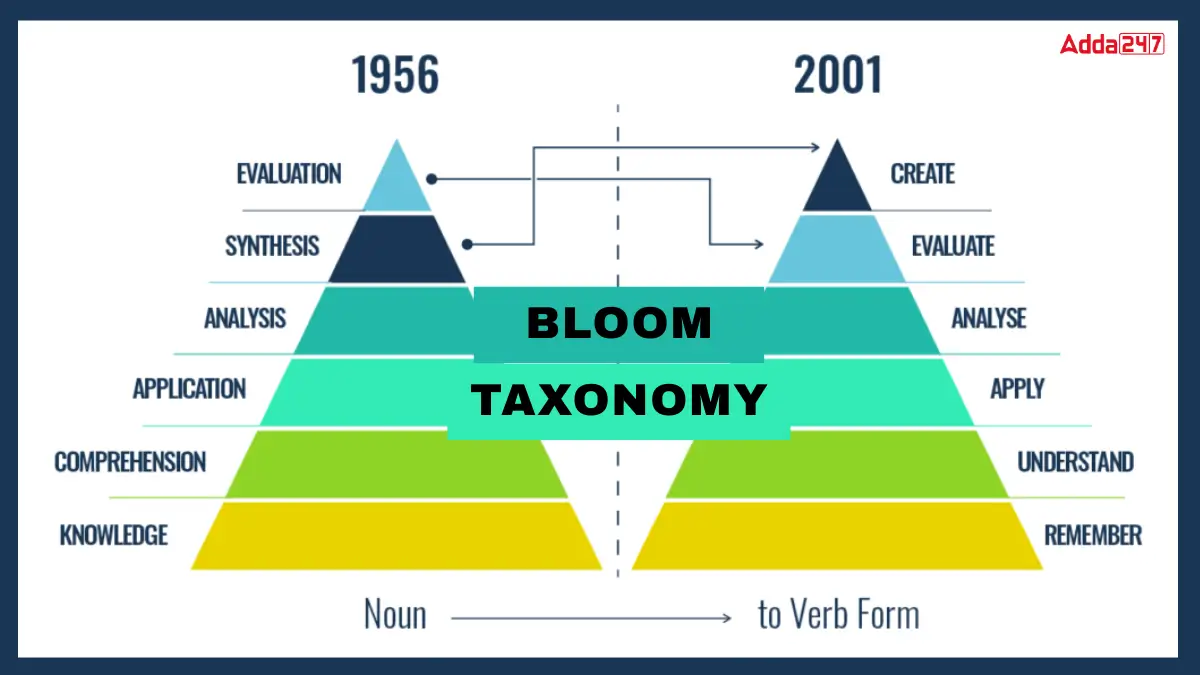


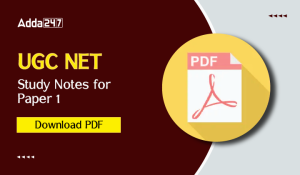 UGC NET Study Notes for Paper 1, Downloa...
UGC NET Study Notes for Paper 1, Downloa...
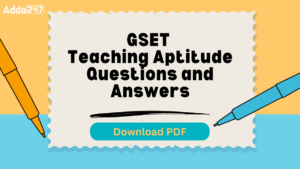 GSET Teaching Aptitude Questions and Ans...
GSET Teaching Aptitude Questions and Ans...
 समुद्र का पर्य�...
समुद्र का पर्य�...
